To: Student Flight Experiment Teams, their Teacher Facilitators, and to all SSEP Participating Communities
From: Jeff Goldstein, SSEP National Program Director, and Center Director, NCESSE
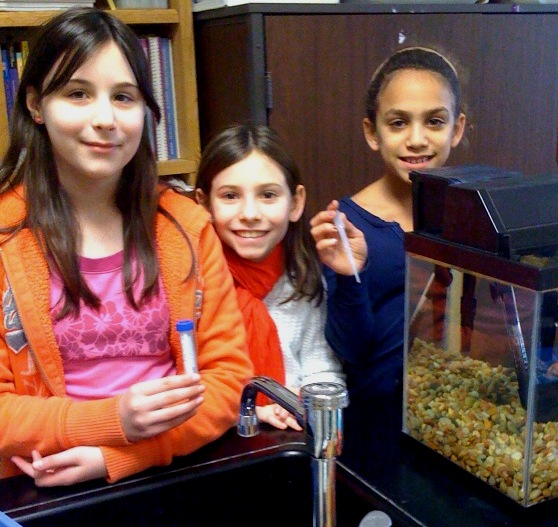
I have some news to report, but first some background (suspense builds).
The fluids and solid samples for the 16 SSEP experiments selected for flight on STS-134 are to be flown in a research mini-laboratory placed in a Shuttle mid-deck locker. For an experiment to be cleared to fly, its fluids and solid samples are required to pass a formal NASA Flight Safety Review (FSR). Passing this Review requires that all the fluids and solids are of a low enough toxicity so that the 2 levels of containment employed by the mini-lab will ensure there is no hazard to crew and vehicle.
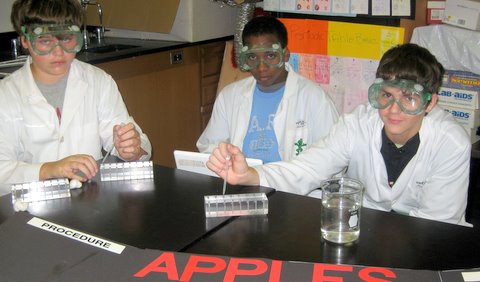 The MDA’s first level of containment is provided by the upper and lower blocks containing the wells (the small test tubes) in which the fluids and solids reside, together with the grease used to create a seal between the blocks (see the Mini-Laboratory Operation page). As part of the Flight Safety Review, a Fluid/Sample Compatibility Test (F/SCT) is performed to make sure that the fluids and solids do not attack the grease, so that there is no breach of the first level of containment. This is also an operational test. If the grease is attacked, the samples in all wells can mix, leading to the loss of all experiments.
The MDA’s first level of containment is provided by the upper and lower blocks containing the wells (the small test tubes) in which the fluids and solids reside, together with the grease used to create a seal between the blocks (see the Mini-Laboratory Operation page). As part of the Flight Safety Review, a Fluid/Sample Compatibility Test (F/SCT) is performed to make sure that the fluids and solids do not attack the grease, so that there is no breach of the first level of containment. This is also an operational test. If the grease is attacked, the samples in all wells can mix, leading to the loss of all experiments.
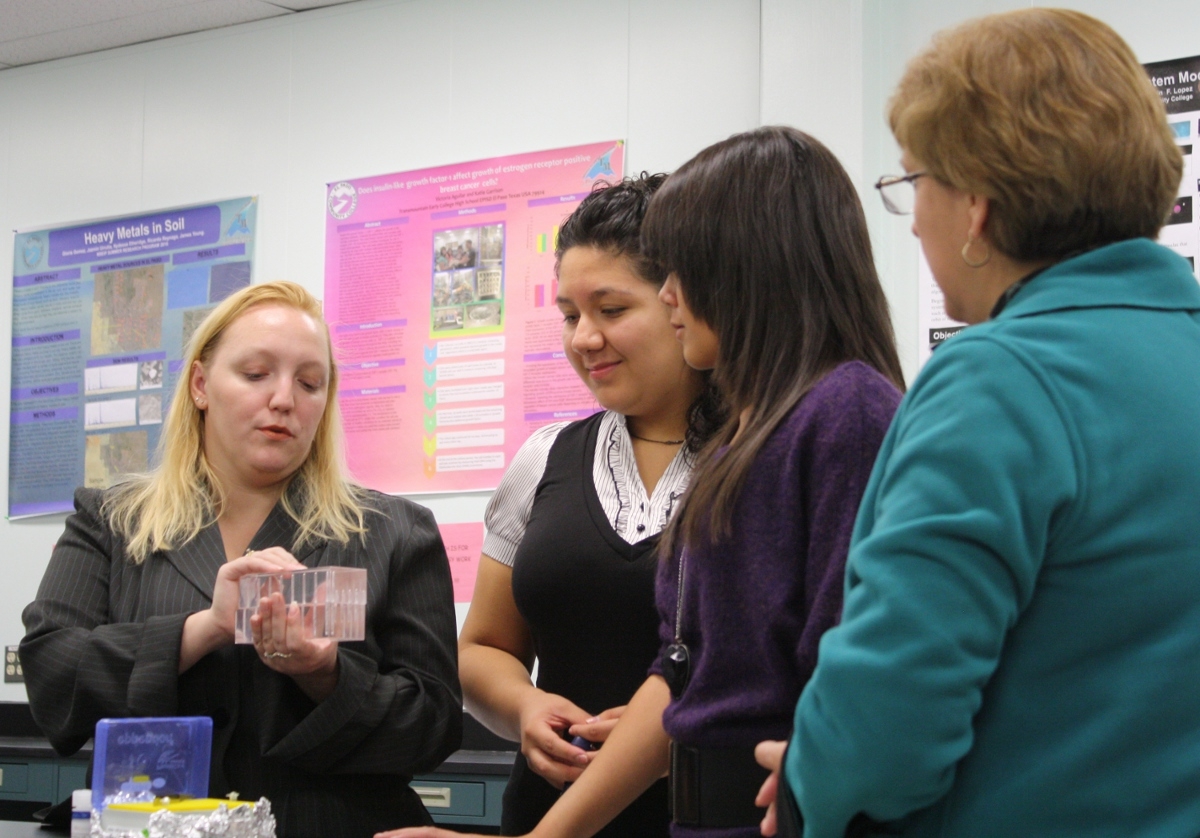 The F/SCT was begun on January 6, 2011 with fluids and solids for 14 of the 16 flight experiments. This included loading of all fluids and solids in the mini-lab, sealing the mini-lab as for normal flight operations, and leaving it untouched for 14 days to simulate the duration of the STS-134 flight. On January 20, 2011, the mini-lab was opened and the grease seals were assessed for any breach of containment or degradation of the grease.
The F/SCT was begun on January 6, 2011 with fluids and solids for 14 of the 16 flight experiments. This included loading of all fluids and solids in the mini-lab, sealing the mini-lab as for normal flight operations, and leaving it untouched for 14 days to simulate the duration of the STS-134 flight. On January 20, 2011, the mini-lab was opened and the grease seals were assessed for any breach of containment or degradation of the grease.
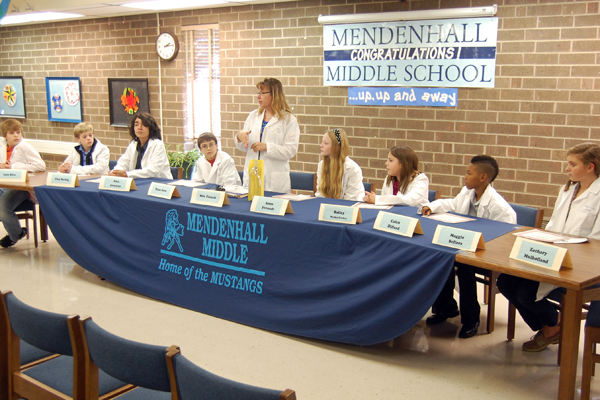 Appropriate fluids and samples were unavailable for 2 of the 16 experiments when the F/SCT test was started on January 6. At the conclusion of the first F/SCT test, an additional 14-day test was run on the 2 outstanding experiments.
Appropriate fluids and samples were unavailable for 2 of the 16 experiments when the F/SCT test was started on January 6. At the conclusion of the first F/SCT test, an additional 14-day test was run on the 2 outstanding experiments.
On February 9, 2011, NCESSE was informed that all 16 flight experiments passed the F/SCT test, and that formal word from NASA on the Flight Safety Review, which included a toxicology assessment of all fluids and solids, was still pending.
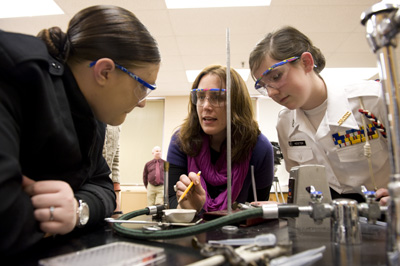 Short note to SSEP Community Program Directors in Shelton, CT; Broward Co., FL; Orange Co. FL; Lincolnwood, IL; Jefferson Co., KY; Zachary, LA; St. Mary’s Co., MD; Omaha, NE; CCSD, NM; Ballston Spa, NY: Guilford Co., NC; Portland, OR; El Paso, TX; and Seattle, WA – now is the time to get out your contact information for local media.
Short note to SSEP Community Program Directors in Shelton, CT; Broward Co., FL; Orange Co. FL; Lincolnwood, IL; Jefferson Co., KY; Zachary, LA; St. Mary’s Co., MD; Omaha, NE; CCSD, NM; Ballston Spa, NY: Guilford Co., NC; Portland, OR; El Paso, TX; and Seattle, WA – now is the time to get out your contact information for local media.
The National Center for Earth and Space Science Education, and NanoRacks, LLC, are very proud to report that the NASA Johnson Space Center Toxicology Office review has been completed. All 16 SSEP experiments have been accepted for flight on STS-134, the historic final flight of U.S. Space Shuttle Endeavour.
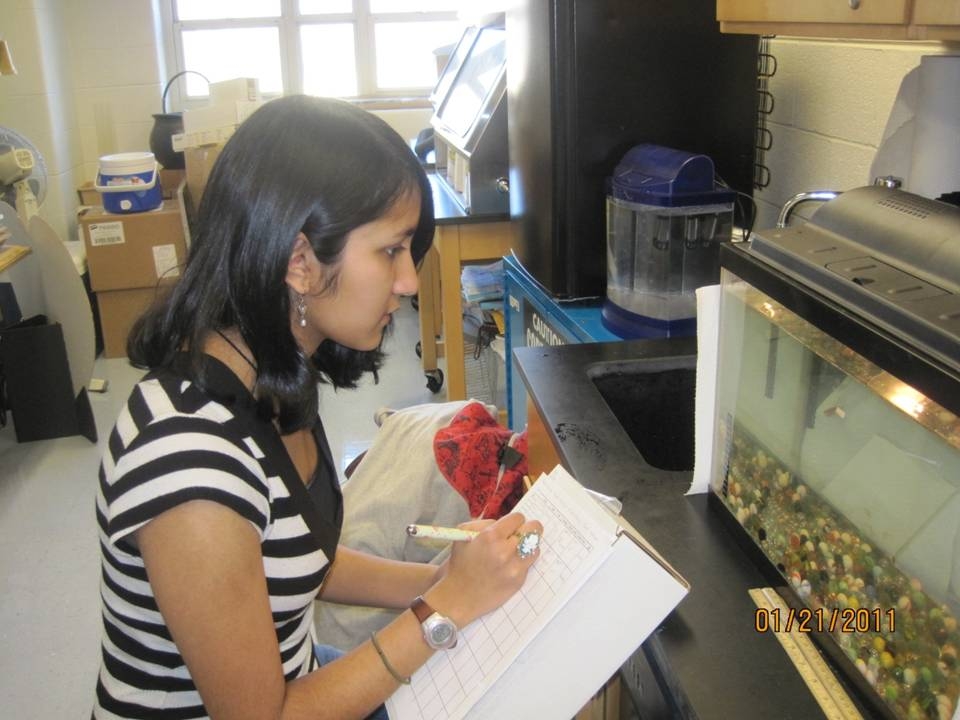 Look what you have done. Savour the moment … always.
Look what you have done. Savour the moment … always.
To all who may be reading this post, feel free to leave a comment below and pass along congratulations to the communities, to the school district and school administrators, to the partner organizations, to the SSEP Community Program Directors, all of the teachers, the thousands of students engaged in this program and submitting 447 student team proposals, and the Student Flight Experiment Teams and their Teacher Facilitators.
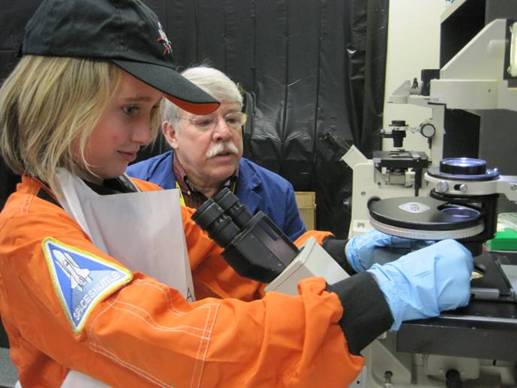
Believe it or not, we are now moving into the launch phase, and are revising the STS-134 Critical Timeline for release tomorrow, based on just held conversations between NanoRacks and NASA. Flight samples will NOT be due on March 2, but instead early April. We are also putting up a page at this website dedicated to submission requirements for your flight fluids and solid samples.
Finally, I’d like to reprint below a portion of the Program Pedagogy section on the About SSEP page. It provides an understanding of what this program was designed to do. Given how far we have come together, the passage below—written as a vision statement months ago—is worth re-reading.
Program Pedagogy
The SSEP paradigm derives from the National Center for Earth and Space Science Education’s Core Beliefs, its embraced Learning Community Model for science education, and its heritage of delivering community-wide programming.
When designing SSEP, we had our pedagogical approach to STEM education in mind. SSEP empowers the student as scientist, and within the real-world context of science that is far more than exploration through inquiry. SSEP allows student teams to design an experiment like scientists, with real constraints imposed by the experimental apparatus, current knowledge, and the environment in which the experiment will be conducted; it allows students to propose for a real flight opportunity like professional scientists, bringing critical written communications skills to bear; it allows students to experience a real 2-step science proposal review process; it allows students to go through a real flight safety review like professional researchers; and it provides students their own science conference, where they are immersed in their community of researchers, communicating their thoughts, ideas, and experimental results to their peers. Science is more than a way of thinking and interacting with the natural world. Science is more than a book of knowledge. Science is also a complex social landscape filled with challenges, and the need for multi-faceted and successful communication with ones peers. SSEP is about introducing real science to our next generation of scientists and engineers.
We have taken this journey together and you have done remarkable things—and not just the winning teams but all the students that rose to this challenge. It was about embracing curiosity, the gift of critical thinking, and the act of journey. So leverage this experience into the next adventure … and reach for the stars.

Comments are closed.